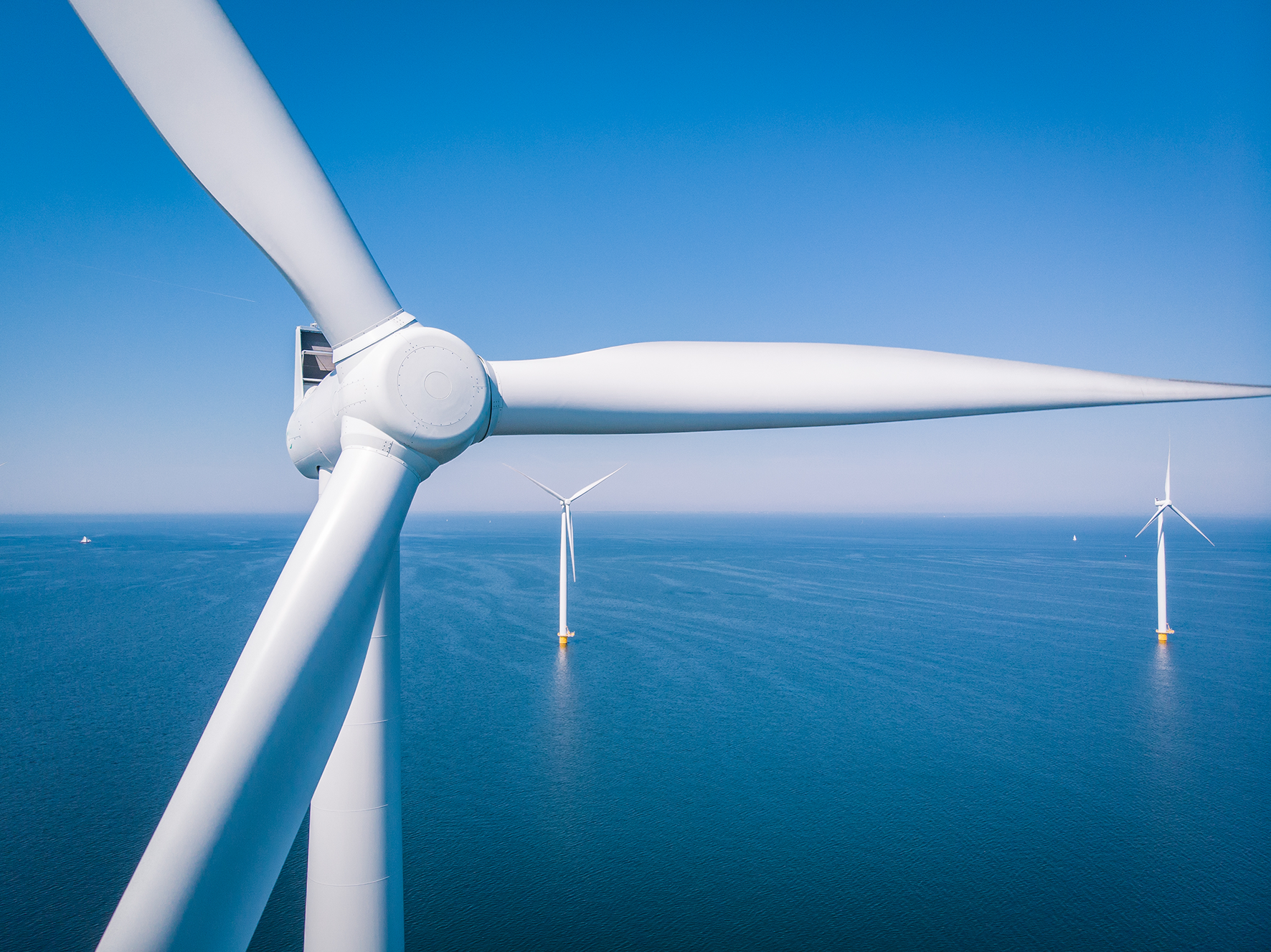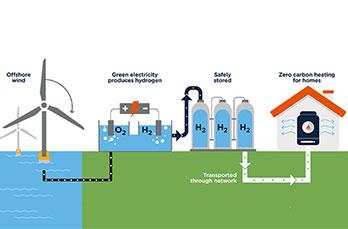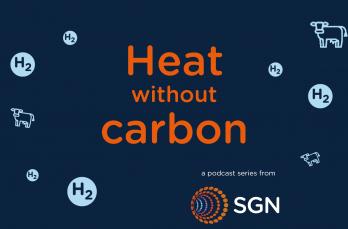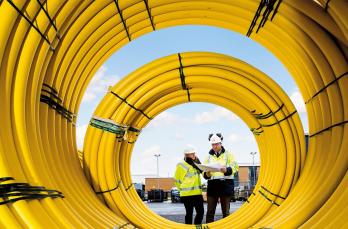
Castle and East Sands, St. Andrews, Fife. With its abundant renewables resource and developed energy infrastructure, the East Neuk could become a hub for power-to-hydrogen projects.
Fife’s energy infrastructure could make the region an important hub in the development of the UK’s hydrogen economy, according to award-winning research by our Energy Futures team.
The East Neuk Power-to-Hydrogen project, which won Cross-Vector Project of the Year at the 2020 Network Awards, found that with its rich renewables resource and extensive electricity and gas networks, the East Neuk could become the ideal base for trials involving power-to-hydrogen: the process of turning electricity into hydrogen through electrolysis. This clean gas can then be used in place of natural gas for zero-carbon heating and transport fuel.
The study, carried out alongside project partners Scottish Power Energy Networks, Artelys and E4Tech, explored the feasibility of producing green gas using excess clean energy, and found that low-cost, low-carbon power could underpin the area’s transition to a green energy hub, affording benefits across the whole energy system.
The study also concluded that using renewable energy dedicated to hydrogen production can drive larger scale hydrogen production and deployment, create new capacity and reduce the need for power network upgrades. Analysis found that large-scale offshore renewables deployment off the coast of Fife is limited by the capacity and cost of connection into the area’s electricity network. The offshore production of hydrogen could be a cheaper alternative to onshore production, and could support the whole energy system.

Hydrogen produced by renewable energy sources, such as offshore wind, presents an attractive low-carbon alternative for hard-to-decarbonise sectors.
The project’s final report, Decarbonising the UK’s Gas Network: Realising the Power-to-Hydrogen Opportunity in the East Neuk, also makes a number of recommendations to accelerate the deployment of power-to-hydrogen projects, including changes to the Gas Safety Management Regulations, new subsidies and market frameworks to incentivise hydrogen uptake, and financial support for demonstration projects.
“We need to accelerate low-carbon energy generation significantly if we’re to meet the Net Zero emissions targets set by the UK and Scottish Governments,” says Angus McIntosh, our Director of Energy Futures. “Green hydrogen produced by renewables presents exciting opportunities for decarbonisation, and as an energy carrier can be stored in multiple ways to be used across applications like transport, heating and industry. Fife’s advantageous energy supply and infrastructure present a positive picture, and in the East Neuk we have a tremendous opportunity to develop power-to-hydrogen solutions."
Our pioneering H100 Fife project aims to develop a world-first hydrogen-to-homes heating system using clean offshore wind power in Levenmouth. The Scottish Government has committed £6.9m to the programme in its Programme for Government, and construction could begin as early as 2021 if proposals are approved by energy regulator Ofgem.




